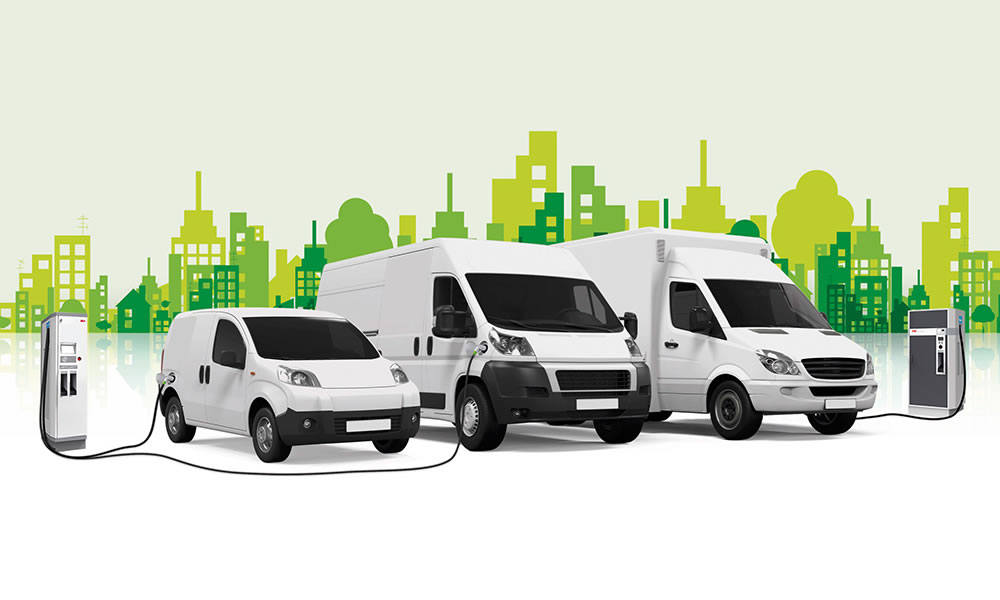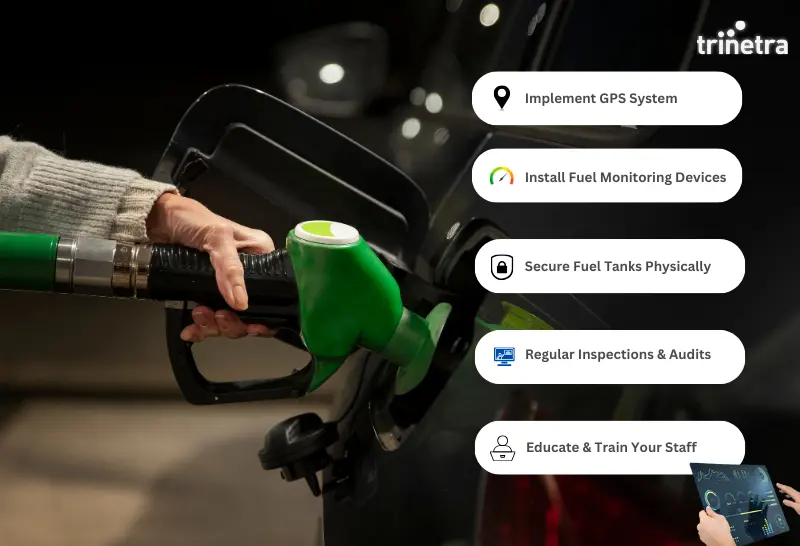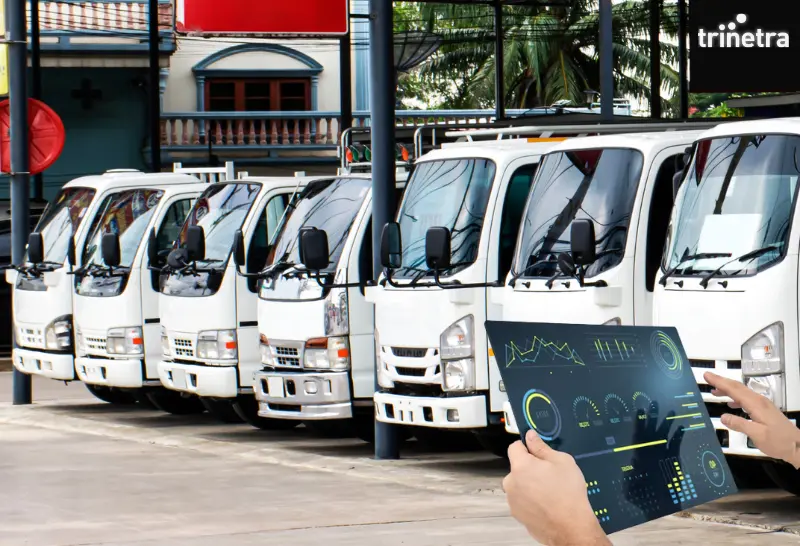With environmental pollution, carbon emissions and other related issues, electric vehicles are getting more acceptance and support from many quarters of the world. The future of energy for fleet vehicles is looking towards electric power/ So, more stakeholders in transport and logistics are going electric. However, for migrating your fleet to electric vehicles (EV) you need to learn and workout certain factors.
The range of the vehicle & route optimisation
Based on payload and the routes you require, plan the type of vehicle that has to be used. Conventional diesel vehicles can make long hauls over routes by refuelling. EVs on the other hand have a problem of refuelling / recharging and fleet operators need to calculate the range and load possible between charging points based on charging stations available.
Workout Total Cost of Ownership
As electric vehicle production becomes widespread the cost is decreasing. However, calculations in this transformation stage is not going to be accurate. Long term cost of ownership of EV fleets is unclear as of now. Total cost of ownership (TCO) will have to consider repairs, energy for charge, upgrading infrastructure.
Calculating the Energy Needed
Using EVs in fleet operation, although saves money on fuel will need another energy source which also costs money. The fleet size and growth of vehicles also has to factored in. Consider also replacement and disposal of old batteries (energy storage devices) during the life-cycle of the vehicle.
EV Adoption
Understanding the costs associated with adopting EVs for you fleet and how replacement goes into your Best Fit analysis. It will help you identify the best choice of EVs and the technology suitable. This will factor in saving money in future. Analysis also involves infrastructure costs as new charging stations are required for EV adoption. Identify the vehicles that are best choices for replacement by analysis which includes vehicle type, range capability and projected savings.
EV Fleet Management System
Conventional fleet management and EV fleet management Software have many similarities. Monitoring traditional fleet management metrics like vehicle utilisation, route optimization and other features will continue in importance. Some new features will weigh-in like State of Charge, Charging Sessions and miles per charge per vehicle.
Definitely looking toward to a telematics oriented solution like a Fleet Management Software offered by Trinetra, is possible resolution, as both EV and conventional vehicles can be monitored together. The features that can be easily adopted include EV diagnostics – vehicle health reporting, charging sessions & energy efficiency measurement, all get into real-time information/data for management’s decision making. A GPS enabled Fleet Management solution with the software and analytics is able to collect and store a cache of data that can be used for reporting, evaluation, estimation and forecasting.
The telematics platform enabled fleet management software is in vogue, as GPS enabled FMS has already greatly contributed in higher growth and profits of fleet operators. Telematics and IoT have been introduced to support business enterprises and benefited them with ROI improvement.
Trinetra FMS is a web-based fleet management software, with mobile app integration. FMS can optimise fleet operations and costs, plus improve efficiency and productivity of both staff (drivers) and assets. With Trinetra FMS, you can reduce costs, save lives, increase customer satisfaction.







